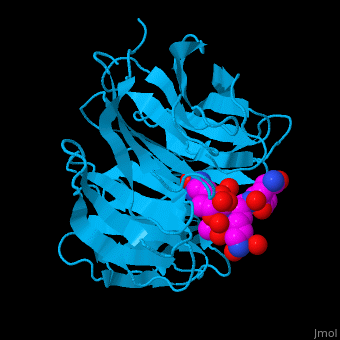Function
WD repeat-containing proteins or ribosome biogenesis protein WDR (WDR) contain 4 or more repeating WD units. WD repeats are ca. 40 amino acid long usually bordered by Gly-His and Trp-Asp (WD). All WDRs form a β-propeller structure. WDRs have critical roles in many biological functions like signal transduction, transcription regulation and apoptosis[1].
- WD-repeat protein 5 (WDR5) contains 7 WD repeats. WDR5 contributes to histone modification. It may position the N-terminal of histone H3 for efficient methylation at Lys4. This methylation is implicated in the control of activation of cell lineage genes during embryogenesis. WDR5 interacts with histone-lysine N-methyltransferase (MLL)[2].
- WD repeat-containing protein 48 and 20 act as regulators of deubiquinating complexes.
- WD repeat-containing protein 41 is the non-catalytic component of C9orf72-SMCR8 complex which regulates autophagy[3].
- WD repeat-containing protein 55 is a modulator of rRNA synthesis.
- WD repeat-containing protein 61 is a component of PAF1 complex which functions during RNA transcription.
- WD repeat-containing protein 91 functions as negative regulator of the PI3 kinase/PI3K activity in endosomal transport[4].
- WD repeat-containing protein 92 is a modulator of apoptosis.
- WD repeat-containing protein SLP1 is required for mad2-dependent spindle checkpoint activation.
- WD repeat protein CSA or DNA excision repair protein ERCC-8 is part of the transcription-coupled repair complex[5].
Disease
Mutant WDR is involved in triple-A syndrome[6].
Structural highlights
The of the WDR5 β-propellor structure acting like an anchoring pin [7]. Water molecules are shown as red spheres.
3D Structures of WD-repeat protein
WD-repeat protein 3D structures

